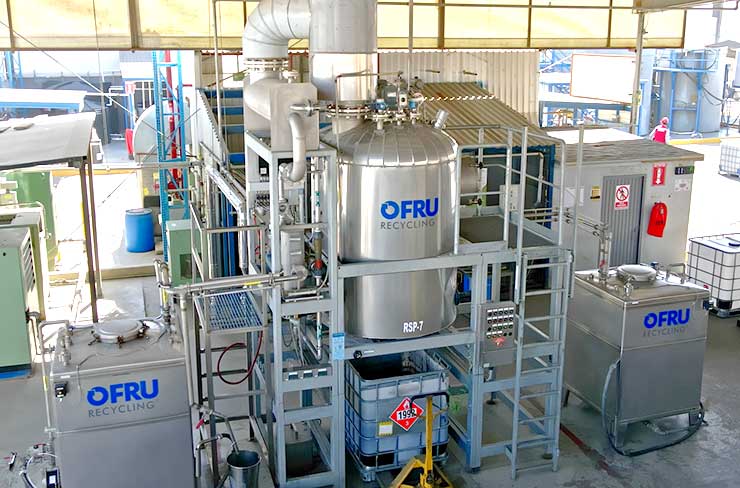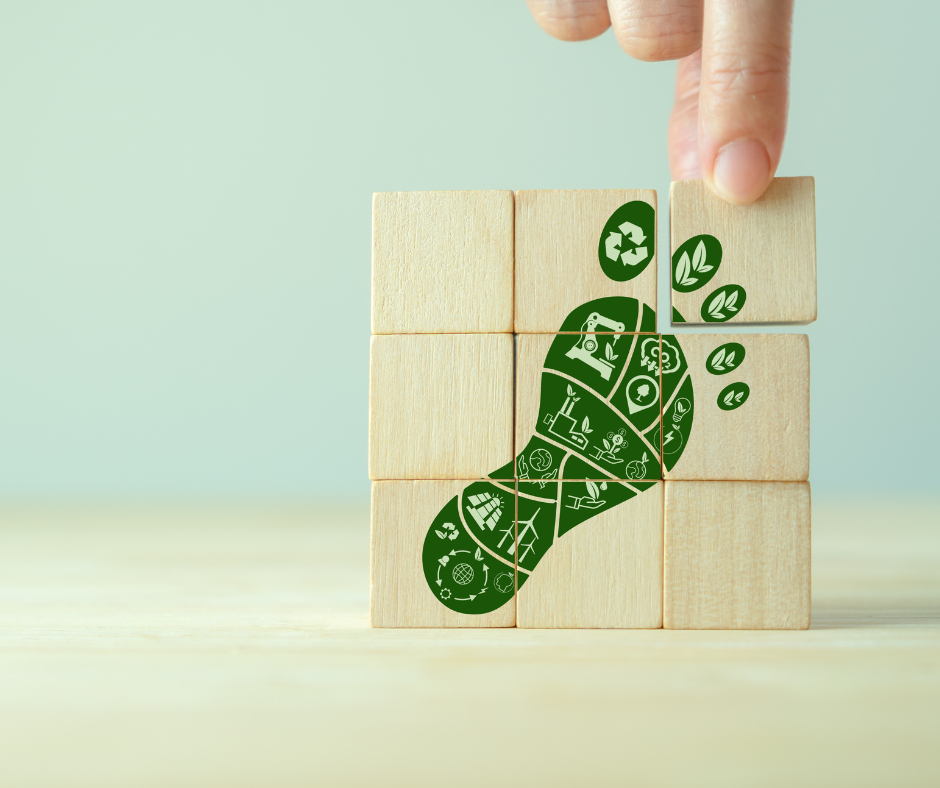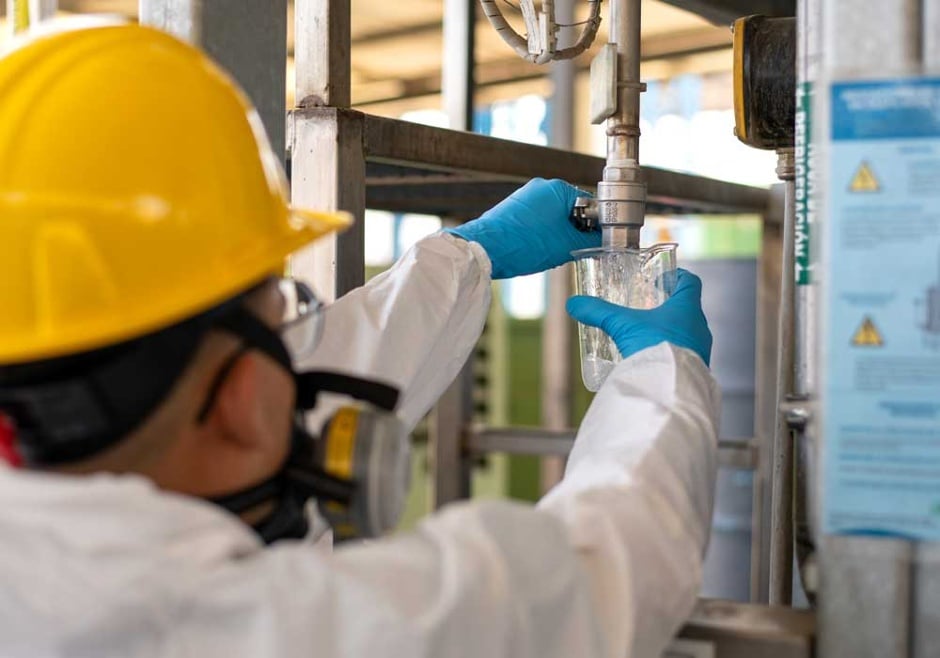How Does A Solvent Vapor Recovery System Work?
A solvent vapor recovery system is a critical component in industrial waste management, reclaiming solvents instead of disposing of them.
3 min read
 Larry Burton
:
Oct 3, 2024 10:00:00 AM
Larry Burton
:
Oct 3, 2024 10:00:00 AM

In today’s world, more companies are prioritizing sustainability and seeking innovative ways to reduce their environmental footprint.
A recently updated industry report shows the largest global companies are providing more detail in their sustainability reporting, showing a greater scope in how they are disclosing the efforts they’re taking to reduce their environmental impact. Among the findings, 98% of companies reported some level of detail on sustainability.
As businesses become increasingly aware of their impact on the planet, the demand for solutions that align with eco-friendly practices is growing. For companies that generate spent solvents and flammable liquids, solvent reclamation not only conserves resources but also enhances operational efficiency.
By taking advantage of state-of-the-art solvent distillation units, companies can take a significant step toward minimizing their environmental impact while contributing to a more sustainable future.
Solvent distillation is a process used to recover and purify waste solvents by heating them to their boiling point, capturing the vapor, and then condensing it back into a liquid, allowing for reuse and reducing waste.
capturing the vapor, and then condensing it back into a liquid, allowing for reuse and reducing waste.
A solvent reclaiming unit contains several components that all work together to recover solvents as part of the distillation process. At Samex Environmental, these solvent recycling equipment components include:
The solvent recovery system apparatus separates, purifies and recovers solvents through a four-step process:
Working in harmony, the solvent distillation process minimized how your company’s waste impacts the environment.
One of the greatest benefits of incorporating solvent distillation into your waste management plan is that nothing is wasted. At Samex, we ensure every byproduct is used, including distillation bottoms, which are sediments and other matters separated from the solvent. Distillation bottoms are sent to the alternative fuel formulation section of the plant where they are formulated for repurposing.
Any waste water that is generated is repurposed as well. This conserves the natural resource of water while ensuring nothing is sent to landfills.
When halogenated and non-halogenated solvents are distilled and recycled, economic resources are saved because the process reduces the need to purchase virgin raw materials.
If a solvent distillation plant uses energy-efficient technology, the impact on the environment is further reduced. The solvent recycling process at Samex includes the use of highly energy-efficient technology that also results in high recovery volume. Samex’s solvent distillation process reduces volatile organic compound (VOC) emissions while enabling the recycling and sustainable processing of chemicals.
Solvent distillation is an effective method for reclaiming and recycling solvents, making it a sustainable choice for businesses looking to reduce waste and operational costs. By using distillation, you can recover and purify solvents, which can then be reused in your processes, minimizing the need for new raw materials and decreasing environmental impact.
Many solvents can be recycled, reprocessed and reused. Here are some of the most commonly recycled solvents:
The solvent distillation process itself is environmentally friendly. However, companies that generate solvent waste and want to minimize their environmental impact should work with a solvent reclamation unit that has the same sustainability priorities. State-of-the-art distillation technology and a focus on energy efficiency and waste reduction can help you achieve your goals while maintaining regulatory compliance.

A solvent vapor recovery system is a critical component in industrial waste management, reclaiming solvents instead of disposing of them.

In manufacturing, efficiency isn’t just about maximizing production. It’s also about minimizing waste.

Solvent distillation stands out as a key technique in reclaiming valuable solvents and minimizing environmental impact.